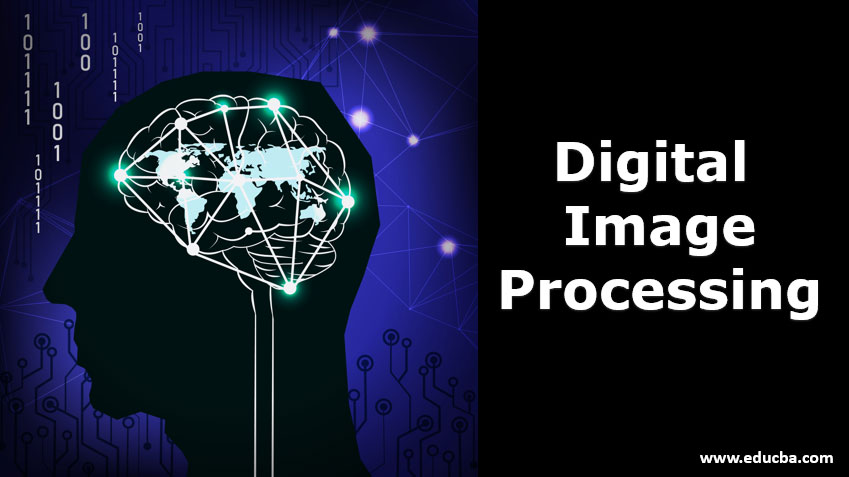
In this Image Processing course, you will explore the fundamental concepts, techniques, and applications of image processing. The course is designed to provide you with a comprehensive understanding of how images can be manipulated, analyzed, and interpreted using various computational techniques. Here is an overview of the key topics and skills you will learn:
1. Introduction to Image Processing
- Basics of Digital Images: Understand what digital images are, including pixels, resolution, and color models.
- Image Processing Applications: Explore the wide range of applications, from medical imaging to computer vision and remote sensing.
2. Image Acquisition and Representation
- Image Formation: Learn how images are captured and formed, including different types of imaging sensors.
- Color Models: Study different color models (RGB, HSV, CMYK) and their uses in image processing.
3. Image Enhancement
- Spatial Domain Techniques: Techniques for enhancing images directly in the spatial domain, such as contrast adjustment, histogram equalization, and spatial filtering.
- Frequency Domain Techniques: Learn about the Fourier Transform and how it is used for image enhancement in the frequency domain.
4. Image Restoration
- Noise Models: Understand different types of noise that can affect images and how they can be modeled.
- Filtering Techniques: Explore various filtering techniques for noise reduction, including mean, median, and Wiener filters.
5. Image Segmentation
- Thresholding: Learn about different thresholding techniques for separating objects from the background.
- Edge Detection: Study methods for detecting edges in images, including Sobel, Canny, and Laplacian operators.
- Region-Based Segmentation: Understand techniques such as region growing and watershed segmentation.
6. Feature Extraction and Image Descriptors
- Keypoint Detection: Learn about detecting key points in images using methods like Harris corner detection and SIFT.
- Descriptors: Study various descriptors used to represent image features, including HOG (Histogram of Oriented Gradients) and SURF (Speeded Up Robust Features).
7. Morphological Image Processing
- Basic Morphological Operations: Understand operations like dilation, erosion, opening, and closing.
- Applications: Learn how these operations are used in applications such as shape analysis and object detection.
8. Image Compression
- Lossy vs. Lossless Compression: Understand the difference between lossy and lossless compression techniques.
- Compression Algorithms: Study various algorithms such as JPEG, PNG, and MPEG, and their applications.
9. Machine Learning for Image Processing
- Introduction to Machine Learning: Learn the basics of machine learning and its relevance to image processing.
- Deep Learning and Convolutional Neural Networks (CNNs): Explore how CNNs are used for tasks like image classification, object detection, and segmentation.
10. Practical Applications and Case Studies
- Medical Imaging: Applications of image processing in medical diagnosis and treatment planning.
- Remote Sensing: How image processing is used in satellite and aerial imagery analysis.
- Computer Vision: Applications in automated inspection, facial recognition, and augmented reality.
Skills You Will Gain
- Technical Proficiency: Develop a solid understanding of image processing techniques and how to apply them to real-world problems.
- Analytical Skills: Learn to analyze and interpret image data to extract meaningful information.
- Problem-Solving: Gain experience in solving practical image processing challenges through hands-on projects and exercises.
- Programming Skills: Enhance your programming skills in languages commonly used for image processing, such as Python and MATLAB.
- Machine Learning Integration: Learn how to integrate machine learning techniques with image processing for advanced applications.
Conclusion
By the end of this course, you will be equipped with the knowledge and skills to tackle a wide range of image processing tasks, from basic image enhancement to advanced machine learning applications. Whether you are interested in medical imaging, computer vision, or any other field that utilizes image data, this course will provide you with the essential tools and techniques to succeed.
- Teacher: DR.JASON ELROY MARTIS -
